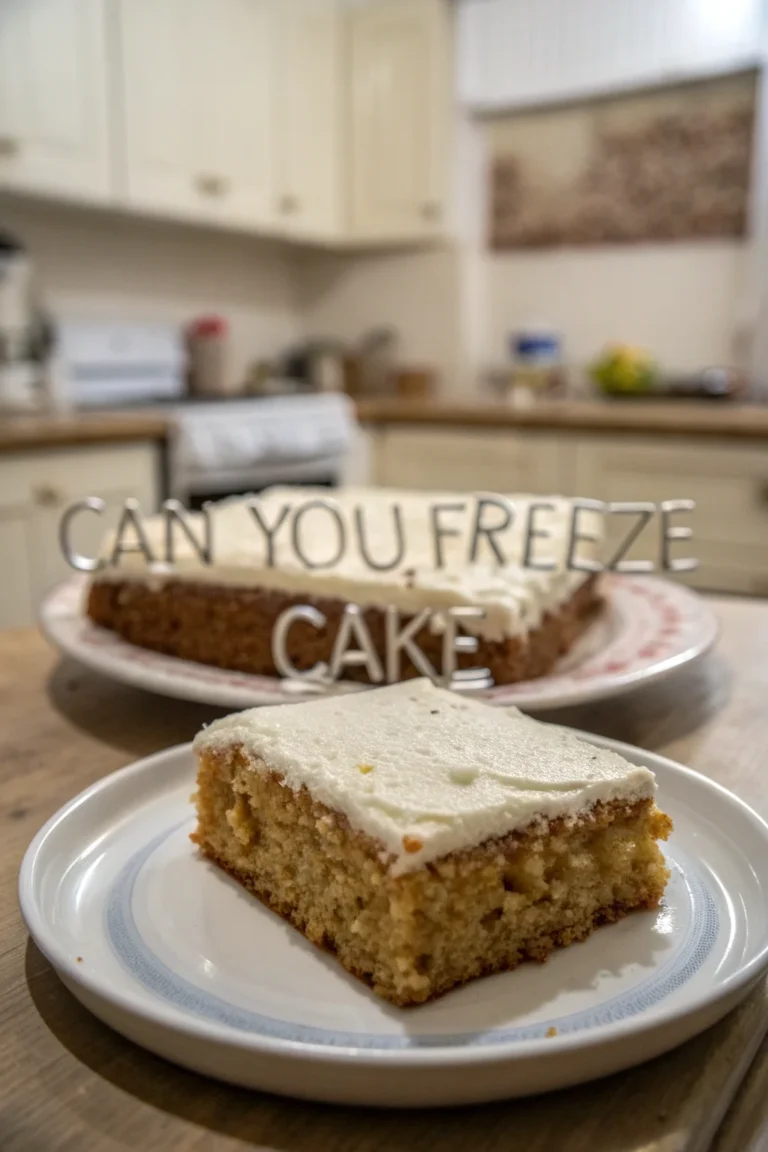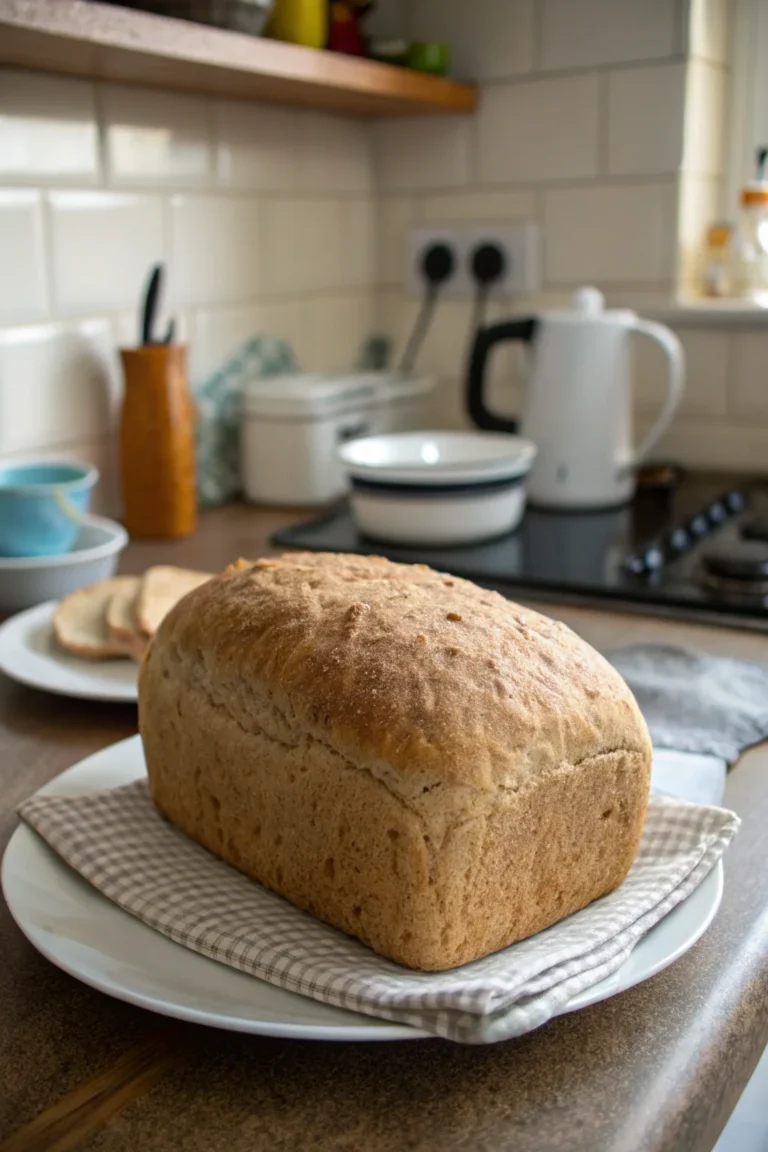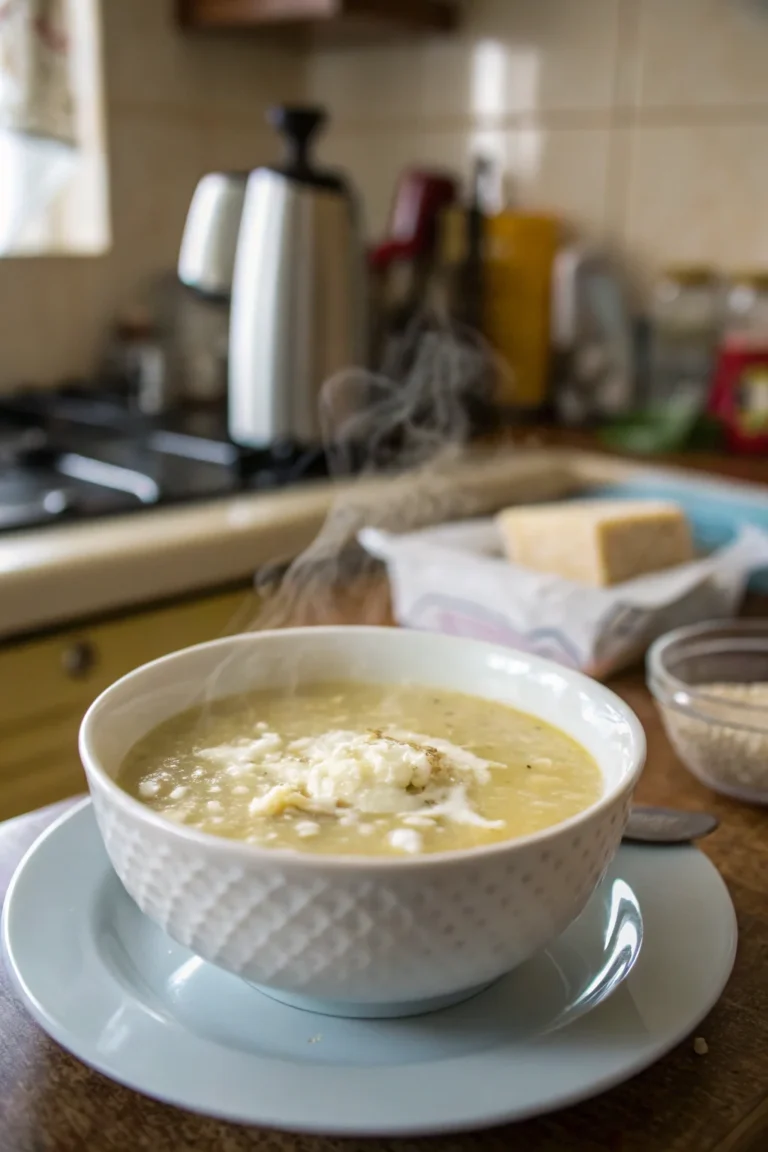Can You Substitute Butter for Shortening in Cookies?
Baking cookies is a delightful kitchen activity, but sometimes you might find yourself without a particular ingredient. One common question that arises is whether you can substitute butter for shortening in cookie recipes. This guide will answer that query and provide helpful insights on how such substitutions can affect your baked treats.
Table of Contents
What Happens When You Substitute Butter for Shortening in Cookies?
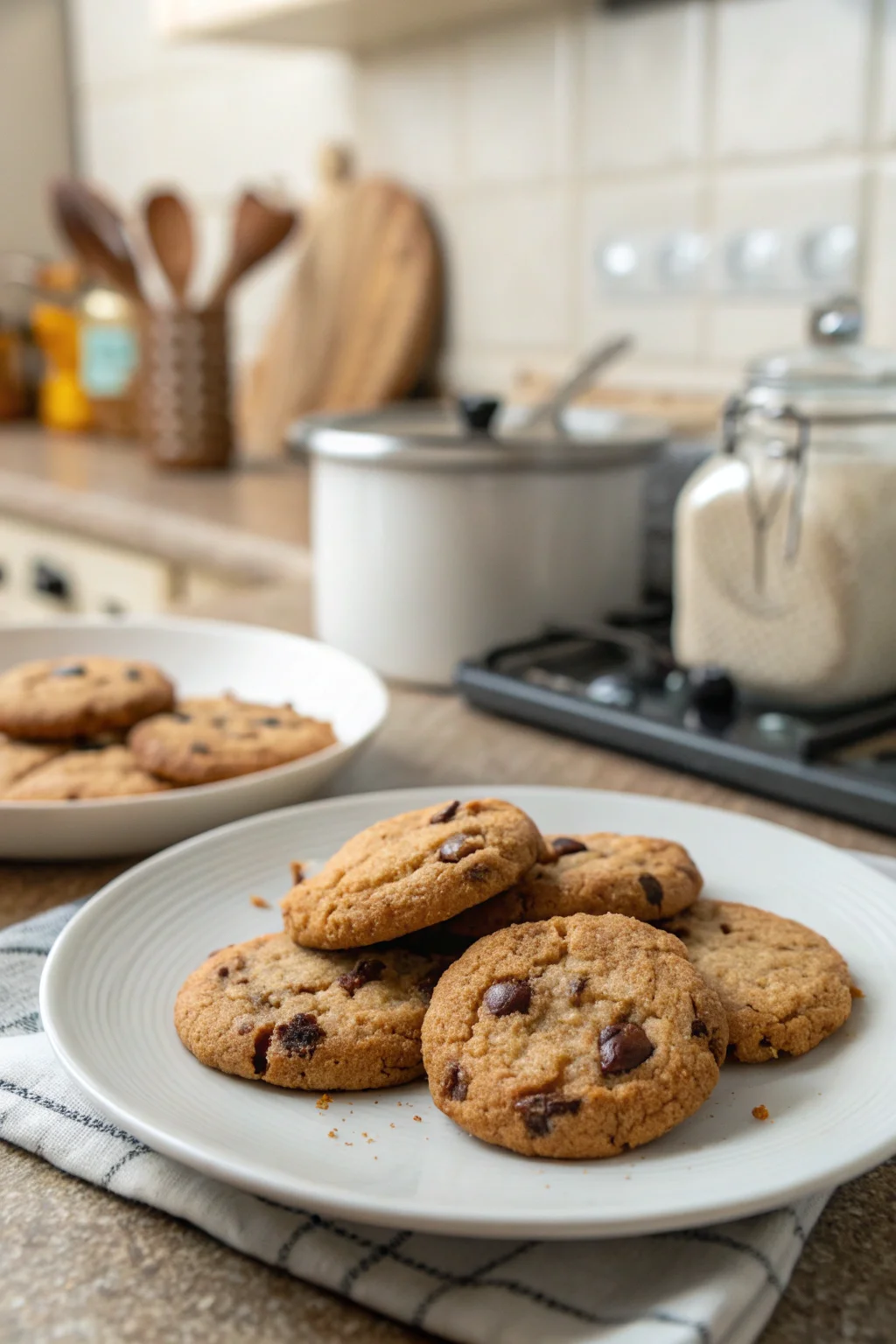
Substituting butter for shortening in cookies will alter their texture and flavor significantly. Butter and shortening have different compositions—while butter contains about 16-18% water, shortening is 100% fat. This fundamental difference leads to various effects:
- Flavor: Butter imparts a rich, creamy flavor to cookies that shortening simply cannot match. The natural dairy notes of butter can elevate the taste profile of cookies, making them more indulgent and aromatic. This is particularly noticeable in recipes where butter is a primary flavor component, such as in classic chocolate chip cookies or even simple sugar cookies.
- Texture: The presence of water in butter causes cookies to spread more during baking, resulting in a crisper edge and a chewier center. In contrast, shortening, being pure fat, typically produces cookies that are thicker and softer, maintaining their shape better. If you are aiming for a specific texture—like a chewy inside with slightly crispy edges—opting for butter might be more suitable.
- Moisture: The water content in butter can make cookies slightly more moist compared to those made with shortening. This can contribute to a more tender crumb, but it may also lead to a less stable structure if not managed properly. The moisture can be beneficial for creating a soft and airy interior, but too much can lead to overly spread cookies.
Will Substituting Butter Affect Baking Time?
Yes, using butter instead of shortening can affect baking time. Butter melts at a lower temperature than shortening, causing the cookies to spread more quickly in the oven. As a result, cookies made with butter might bake faster and could be done a minute or two earlier than those made with shortening. It’s crucial to monitor the cookies closely towards the end of the baking time to prevent over-browning. A golden-brown edge with a slightly soft center is often the ideal finish, which can sometimes be achieved by reducing the baking time slightly when using butter.
How Does Butter Impact the Cookie’s Structure?
Butter’s water content can lead to cookies spreading more during baking, resulting in a thinner and often crisper cookie compared to one made with shortening. If you prefer a thicker cookie, chilling the dough before baking can help minimize spreading. Chilling allows the fats to solidify, which can slow down the spread during baking, resulting in a puffier cookie. Additionally, incorporating a bit more flour can help absorb the excess moisture from the butter, providing more structure and reducing spread. This is particularly useful for cookies like chocolate chip, where a denser, chewy texture might be desired.
Are There Any Adjustments Needed When Using Butter?
When substituting butter for shortening, you can generally use a 1:1 ratio. However, because butter introduces additional moisture, you might need to adjust other ingredients slightly to maintain the desired texture:
- Flour: Adding a tablespoon or two of flour can help absorb the extra moisture from butter. This adjustment helps maintain the structural integrity of the cookie, preventing it from spreading too much.
- Chilling: Chilling the dough is an effective way to control spreading. Allow the dough to rest in the refrigerator for at least 30 minutes before baking. This not only helps with reducing spread but also enhances the flavors as the dough rests.
- Leavening: Occasionally, adjusting the amount of baking soda or baking powder can also influence the texture. While not always necessary, a slight tweak in leavening agents can help achieve the perfect balance between spread and rise.
Does Butter Change the Flavor Profile of Cookies?
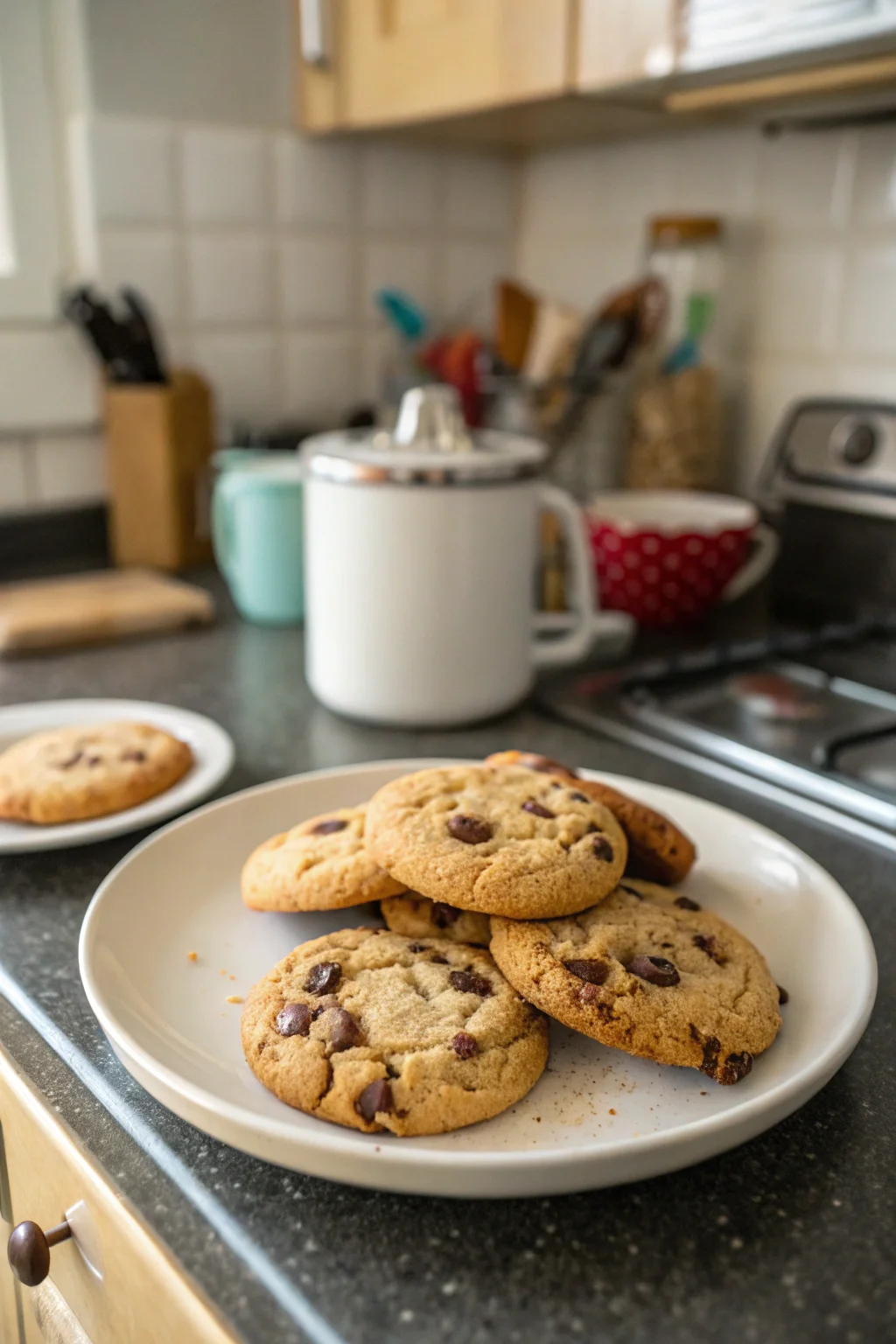
Absolutely! Butter introduces a rich, creamy flavor that enhances the overall taste of cookies. This is particularly favorable in recipes where the butter flavor can shine, such as chocolate chip cookies or sugar cookies. The subtle dairy notes from butter complement ingredients like vanilla, chocolate, and nuts, creating a more complex and appealing flavor profile. For those who appreciate nuanced tastes, the buttery flavor can be further enhanced by using high-quality or European-style butter, which often has a higher fat content and richer taste.
Can Butter Substitute Shortening in All Cookie Recipes?
While butter can replace shortening in most cookie recipes, the results will vary depending on the specific cookie type:
- Sugar Cookies: Expect a more flavorful cookie with a rich buttery taste, but possibly with more spread. If you desire precise shapes for cut-out cookies, chilling the dough is essential to maintain clean lines.
- Peanut Butter Cookies: The difference might be less noticeable due to the strong flavor of peanut butter, but the added butter can enhance the overall richness and create a more tender texture.
- Oatmeal Cookies: Butter can add depth to the nutty flavor of oats, but be mindful of spreading. Adding nuts or dried fruits can help add structure.
- Gingerbread Cookies: While butter will enhance the flavor, it might compromise the cookie’s ability to hold intricate shapes. Chilling the dough is recommended to retain detail.
What Are the Health Implications of Using Butter Instead of Shortening?
From a health perspective, butter is often preferred for its natural ingredients and the presence of vitamins like A and D. Shortening, on the other hand, is purely fat and might contain trans fats unless it’s labeled as trans-fat-free. If you’re concerned about health, butter is generally the better choice, especially if you opt for grass-fed or organic varieties, which can offer additional nutritional benefits. It’s important to note that while butter contains saturated fat, moderation is key in a balanced diet.
Is There a Difference in Cost Between Butter and Shortening?
Butter is typically more expensive than shortening. However, many bakers find the flavor and texture benefits worth the extra cost. The nuanced taste that butter brings to cookies can be a worthy investment in recipes where flavor impact is significant. If you’re baking on a budget, consider using shortening for recipes where the flavor impact is minimal, such as in cookies that have strong flavorings like spices or chocolate.
Can You Mix Butter and Shortening in Cookies?
Yes, combining butter and shortening can offer the best of both worlds: the flavor of butter and the structure of shortening. A common ratio is half butter and half shortening, which can yield cookies with good flavor and thickness. This combination allows the butter to provide a rich taste while the shortening maintains the cookie’s shape and prevents excessive spreading. For instance, this method is particularly effective in snickerdoodles or molasses cookies, where you want both flavor and structure.
How Does Using Butter Affect Cookie Storage?
Butter-based cookies can become stale more quickly than those made with shortening due to the moisture content. To maintain freshness:
- Storage: Keep them in an airtight container to prevent them from drying out and absorbing odors from other foods.
- Environment: Store in a cool, dry place to extend shelf life. For longer storage, consider freezing cookies in airtight containers or freezer bags. This not only preserves freshness but also allows you to enjoy them over a more extended period.
What Are Some Tips for Substituting Butter for Shortening?
Here are a few tips for a successful substitution:
- Measure Accurately: Use equal amounts by weight for precision. Butter has a higher density than shortening, so measuring by weight ensures accuracy.
- Dough Temperature: Allow butter to soften at room temperature for easy mixing. Softened butter incorporates more evenly into the dough, ensuring a consistent texture.
- Flavor Enhancers: Consider adding vanilla or almond extract to boost the flavor, especially if you are using unsalted butter, which allows you to control the saltiness and enhance the overall taste.
- Test Batches: If you’re making a large batch, consider doing a small test batch first to determine if any adjustments are necessary for the final product.
Are There Any Other Alternatives to Shortening in Cookies?
Yes, there are other alternatives such as:
- Coconut Oil: Offers a subtle tropical flavor and can be used in a 1:1 ratio with shortening. It’s solid at room temperature, similar to shortening, and can contribute to a moist and rich cookie.
- Margarine: A budget-friendly option, but check for trans fats. Margarine can vary in fat content, so it may not always be a direct 1:1 substitution.
- Applesauce: For a healthier, low-fat substitute, but expect a change in texture and sweetness. Applesauce can make cookies denser and more cake-like, which might be desirable in some recipes.
- Ghee or Clarified Butter: Offers a butter-like flavor without the water content, providing a closer match to shortening’s texture while maintaining a buttery taste.
For more on baking substitutions, you might explore our article on Common Baking Substitutes.
Wrap-Up
Substituting butter for shortening in cookies is a common practice that can enhance flavor while slightly altering texture. With a few adjustments and considerations, you can enjoy delicious cookies that suit your taste preferences. Whether you prefer the rich flavor of butter or the reliable structure of shortening, both options can yield delightful results in your cookie recipes. Remember that the key to successful baking is understanding how each ingredient interacts and adjusting accordingly. For more baking tips, check out our Baking Tips and Tricks page.
More on dessertpedia.blog • Search “Can You Substitute Butter for Shortening in Cookies?”


